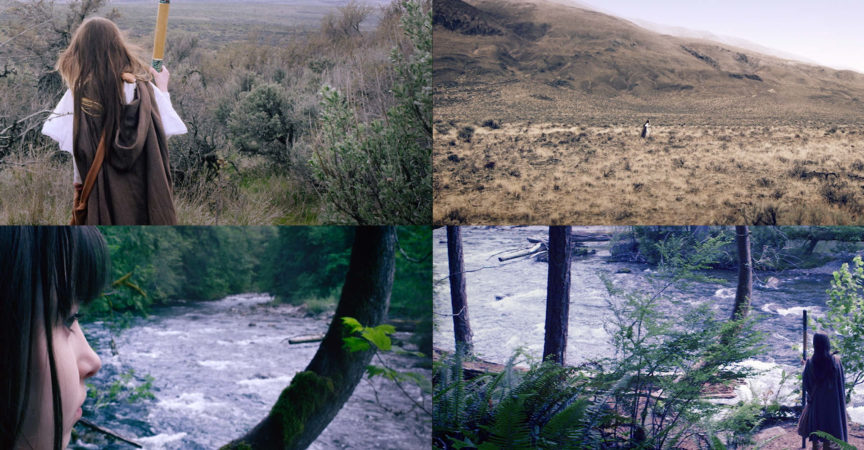Release date:2018, October
Duration:04 h 48 m
Author:Chad Perkins
Skill level:Beginner
Language:English
Exercise files:Yes
Learn what it actually takes to create a short film—from the brainstorming stage, all the way until opening night. Each installment of the 13-part Creating a Short Film series focuses on different aspects of the production workflow. Here, filmmaker Chad Perkins focuses on editing, providing real-world context by showing how the concepts highlighted in the course were applied in the making of The Assurance, the short film featured throughout the series. Chad starts with the basics of the editing workflow. He then goes over fundamental techniques, including how to select the right take, create a montage, and determine when to cut. Plus, learn how to reframe shots, create a rough cut, make rolling end credits, export shots, render for film festivals and theatrical screenings, and much more.
Topics include:
Telling stories with edits
Syncing audio and video
Matching eyelines
Knowing when not to cut
Controlling the pacing
Controlling emotion with shot size
Working with audio
Creating a rough cut
Creating end credits
Rendering and output
Table of Contents
Introduction
About this training series 3m 4s
The Assurance 7m 44s
Introduction to this course 3m 45s
1. Understanding Film Editing
Telling stories with edits 3m 44s
The history of film editing 5m 25s
The editing workflow 2m 29s
2. Preparing to Edit
Offloading footage 5m 59s
Organizing footage 15m 1s
Syncing audio and video 8m 10s
3. In the Beginning
Understanding the script 3m 15s
Finding an editing workflow 5m 43s
Understanding timecode 5m 34s
Working with high-frame-rate media 3m 42s
4. Editing Basics
Selecting the right take 4m 44s
Respecting screen direction 2m 25s
Matching eye lines 2m
Understanding the 180-degree line 1m 55s
Crossing the 180-degree line 2m 37s
Creating a montage 2 m 43s
Creating an assembly edit 2m 57s
5. The Art of Editing
Knowing when to cut 3m 30s
Knowing when not to cut 5m 11s
Cutting vs. using transitions 4m 51s
Matching action 3m 35s
Controlling the pacing 3m 1s
Using establishing shots 2m 31s
Including reaction shots 3m 29s
Controlling emotion with shot size 2m 34s
6. Working with Audio
Organizing audio tracks 8m 18s
Working with multiple sync streams 7m 19s
Editing dialog 8m 28s
Utilizing room tone 9m 51s
Editing voiceovers 7m 43s
Cutting on plosives 7m 27s
Editing at the sample level 7m 20s
Cutting to a temp score 3m 49s
7. Refining the Edit
Using J and L cuts 10m 36s
Following the focal point 3m 42s
Reframing shots 7m 15s
Creating a rough cut 2m 9s
Declaring picture lock 2m 11s
8. Creating End Credits
Giving credit on your film 2m 36s
Making rolling end credits 12m 27s
Using higher frame rates for end credits 2m 53s
9. Editing The Assurance
Intro to our rough cut 1m 40s
The Assurance rough cut 13m 16s
Evaluating our rough cut 3m 31s
Re-editing The Assurance 5m 16s
Removing significant things 3m 33s
10. Exporting to Other
Processes Preparing to export 3m 29s
Burning in timecode 3m 39s
Exporting the edit to a colorist 2m 32s
Exporting the edit to a sound designer 1m 36s
Exporting the edit to a composer 1m 46s
Exporting shots for visual effects 3m 8s
11. Rendering and Output
Doing intermediate renders 3m 41s
Rendering for film festivals 1m 45s
Rendering for theatrical screenings 1m 46s
Rendering to DVD and Blu-ray 2m 42s
Rendering for the web 2m 25s
Rendering a master to archive 56s
Conclusion
Becoming a better editor 3m 14s
Previewing the next course 1m 57s
Final thoughts 41s
Watch online or Download for Free





 Channel
Channel





